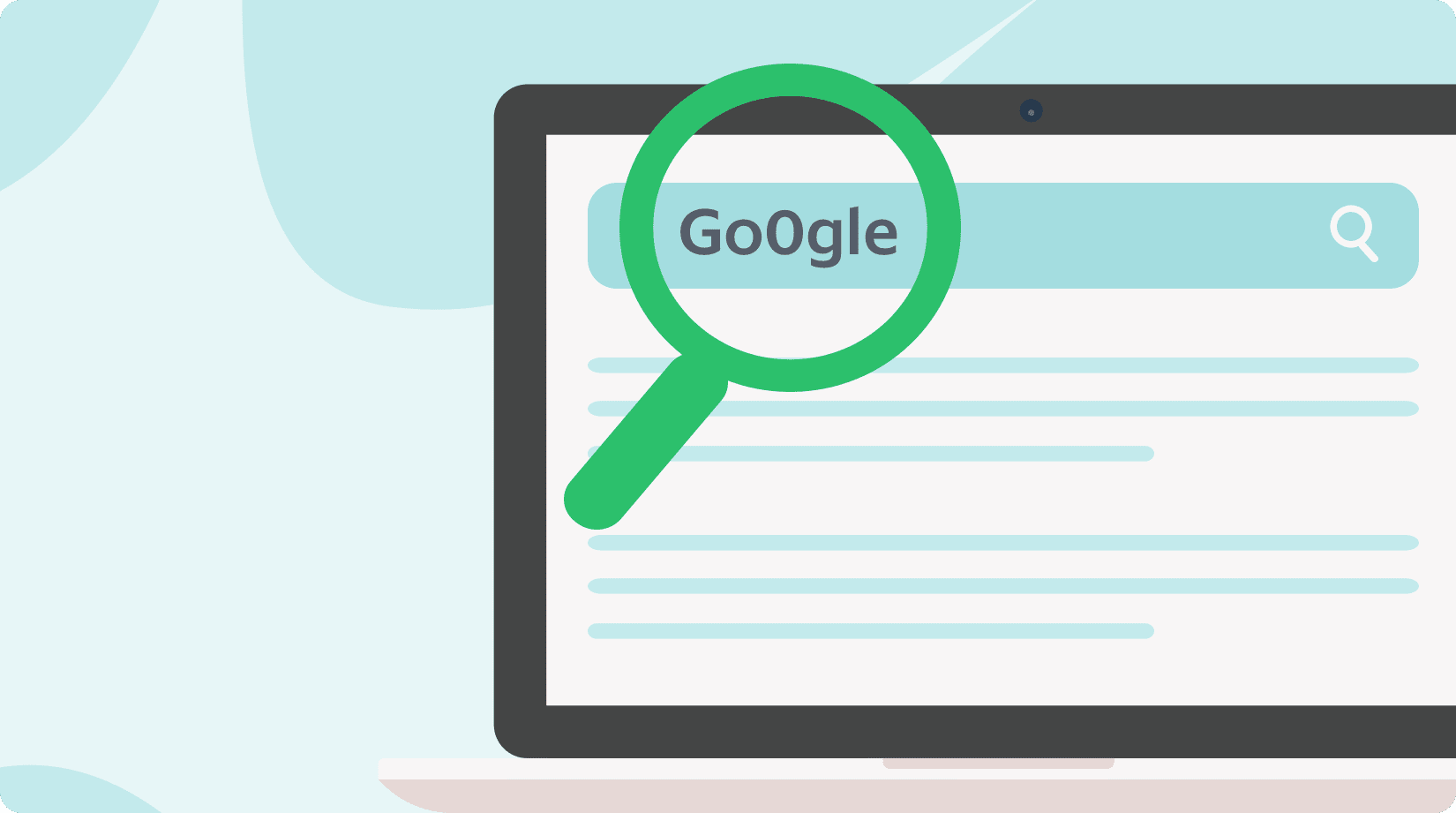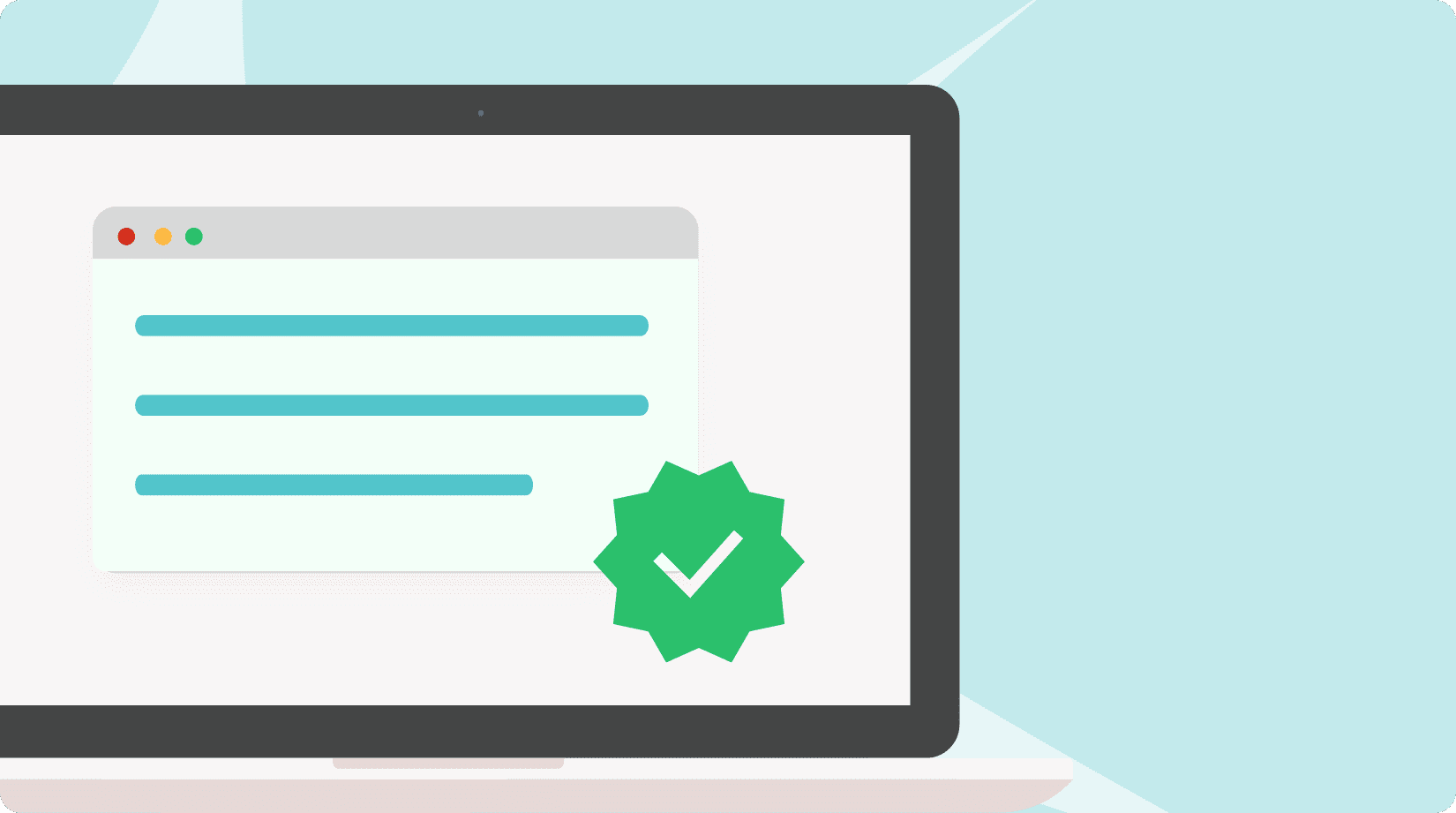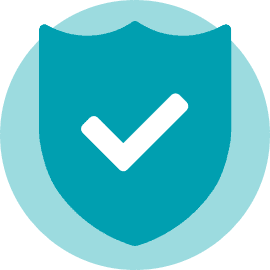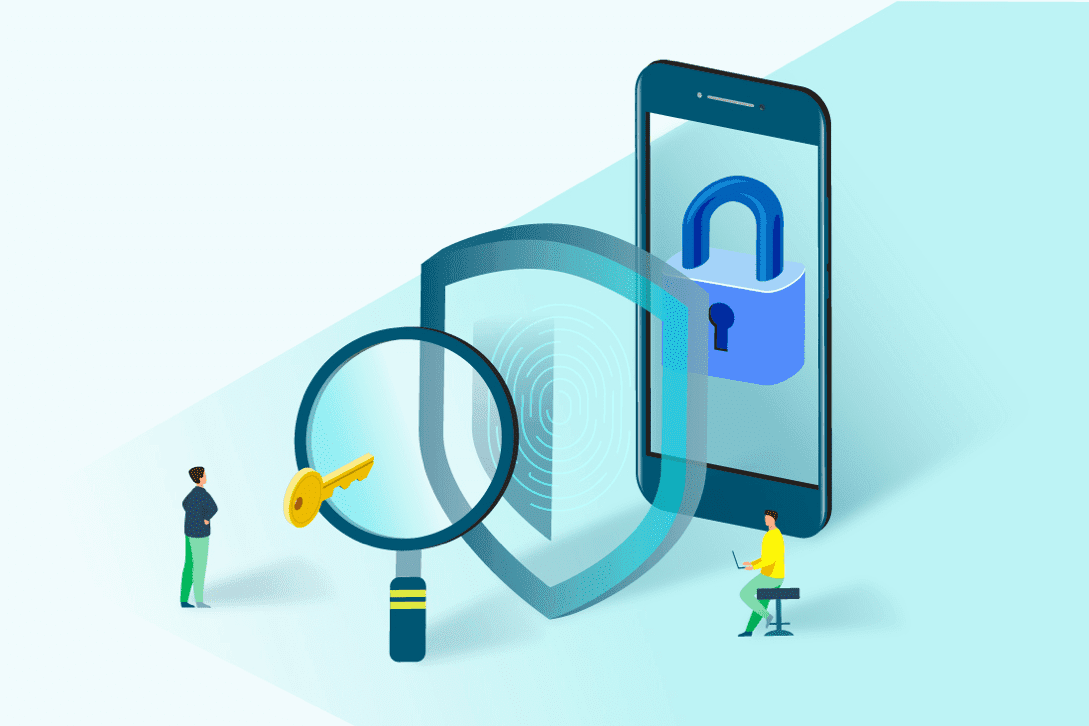

In this digital age, knowing how to spot fake websites is not just helpful; it’s the key to protecting yourself online – everything from your personal identity, your financial information and logins for your email and social media.
Here are some tell-tale signs of a fake website:


Check if the URL
is misspelled
One key indicator of a fake site is a misspelled URL. Fraudsters may change up a URL name slightly, like using Go0gle.com, or they may change the domain extension — like google.org instead of google.com.

Look out for
the lock
The padlock usually means that information on a site is encrypted, and browsers will consider it secure. If the address of the webpage where you submit information is unsecured – meaning it does not start with “http://” and the padlock symbol is missing from the status bar, close the page immediately.



Look beyond
the lock
There should be a padlock icon on the URL bar at the top left of your browser window. If it’s not there, it’s not a secure site and you should not provide your personal or financial details. You should also check the payment options at checkout stage to see if it has a trust seal – this symbol means the payment and brand are legitimate, and safe to do business with.


Use website
checker
When in doubt, use a website checker to verify if a website is secure. Alternatively, do a quick search on Google and you will be able to see reviews on the website searched.

Additional ways to verify a website
Besides checking for misspellings, padlocks and running the URL through a website checker, also look for the following trust indicators on a site:

A privacy policy

A return policy

Contact information for the business, like a phone number and address
What to do if you stumble upon a fraudulent website?

- Report the fake site to Google Safe Browsing and leave it right away.

- Do not provide any sensitive information like financial details, a login and password, verification codes, a Facebook login, or even your name and contact information.
- Do not click on links from unfamiliar emails, online posts, or DMs.
Read other articles.

Protect before you connect
It’s not an if, but a when you will be subject to a cyberattack. Find out four ways to beat these threats.

Stay online securely, we’re on guard
With the rise of ecommerce, online security is more important than ever. Explore how we protect your assets.
Forward Together
3 Media Close,
Singapore 138498

